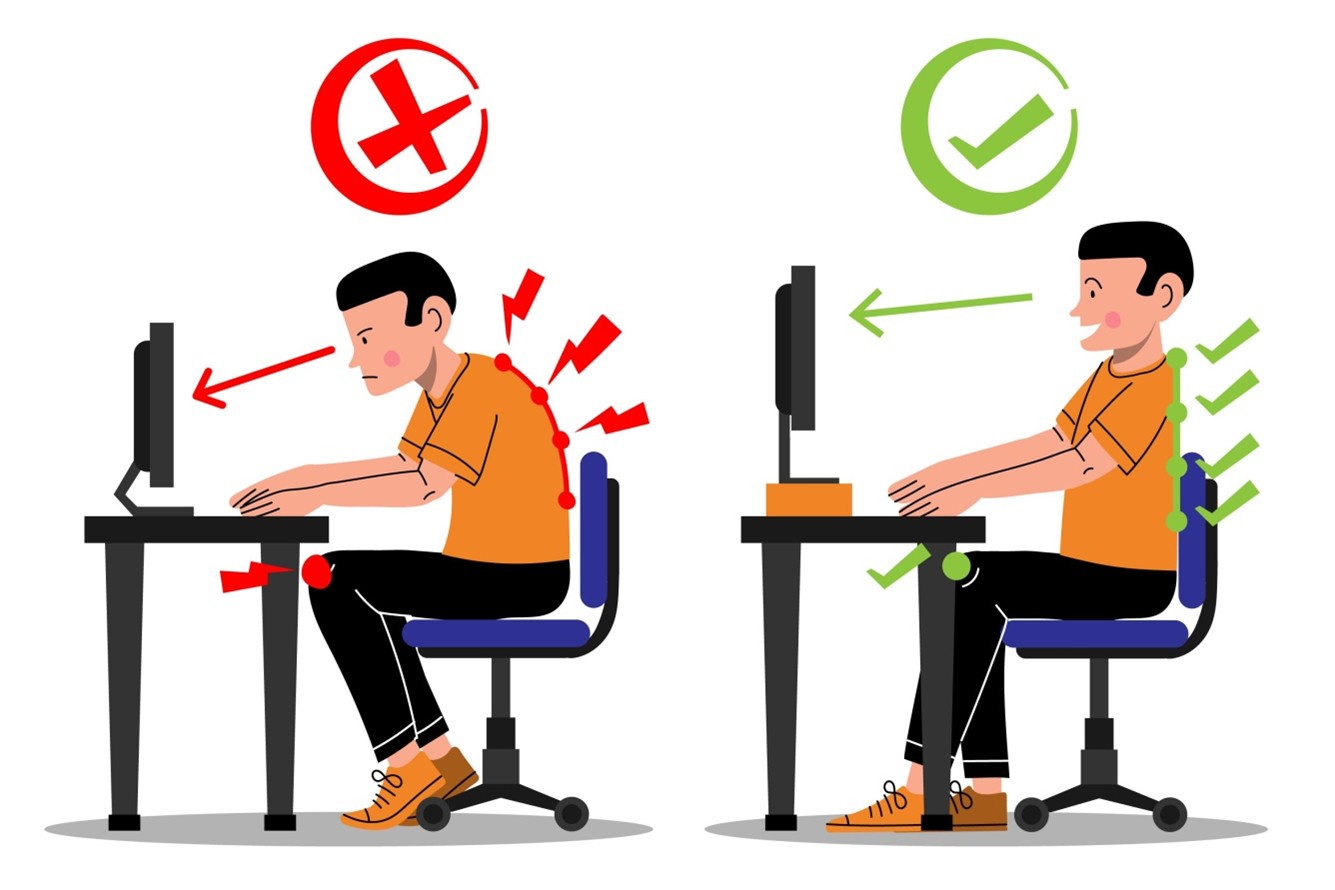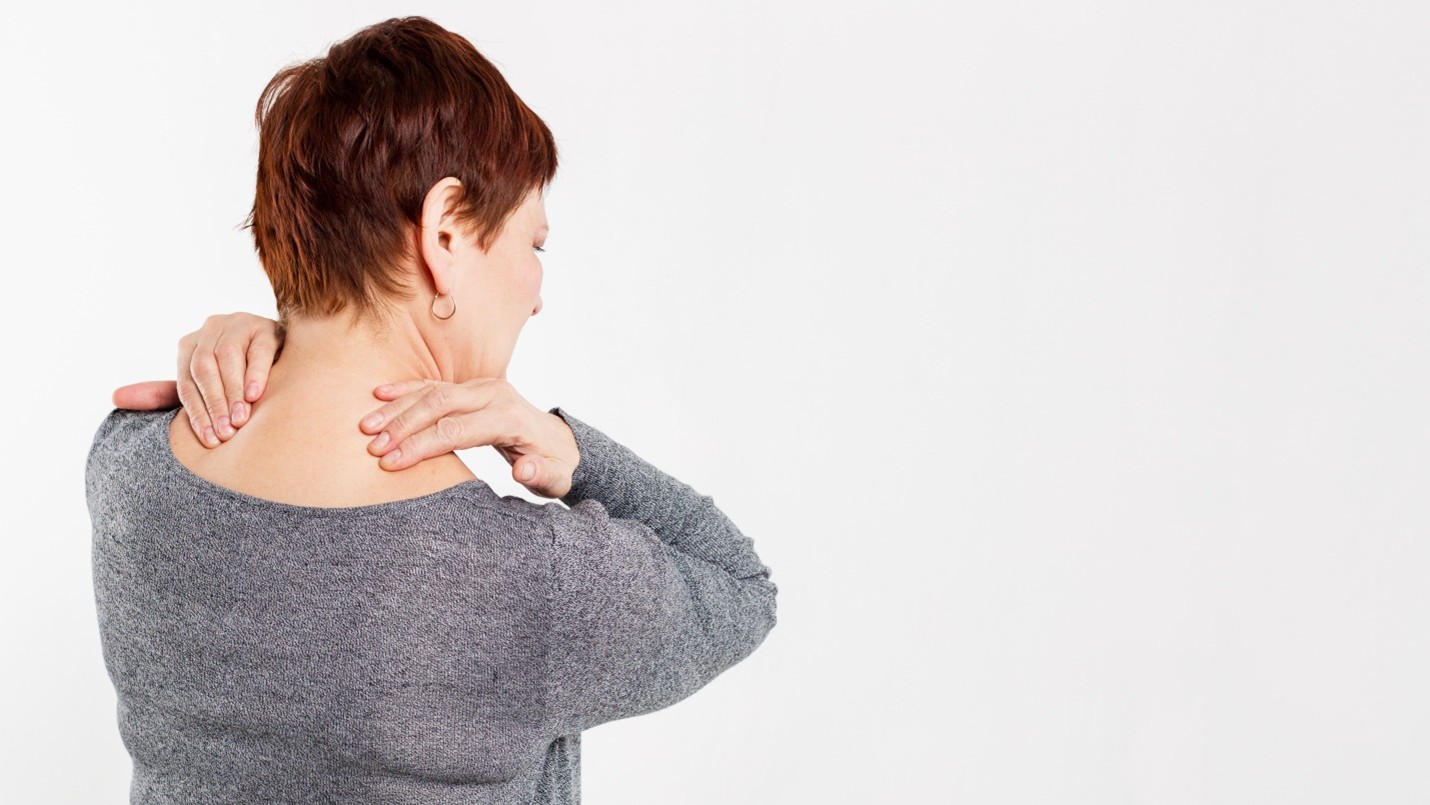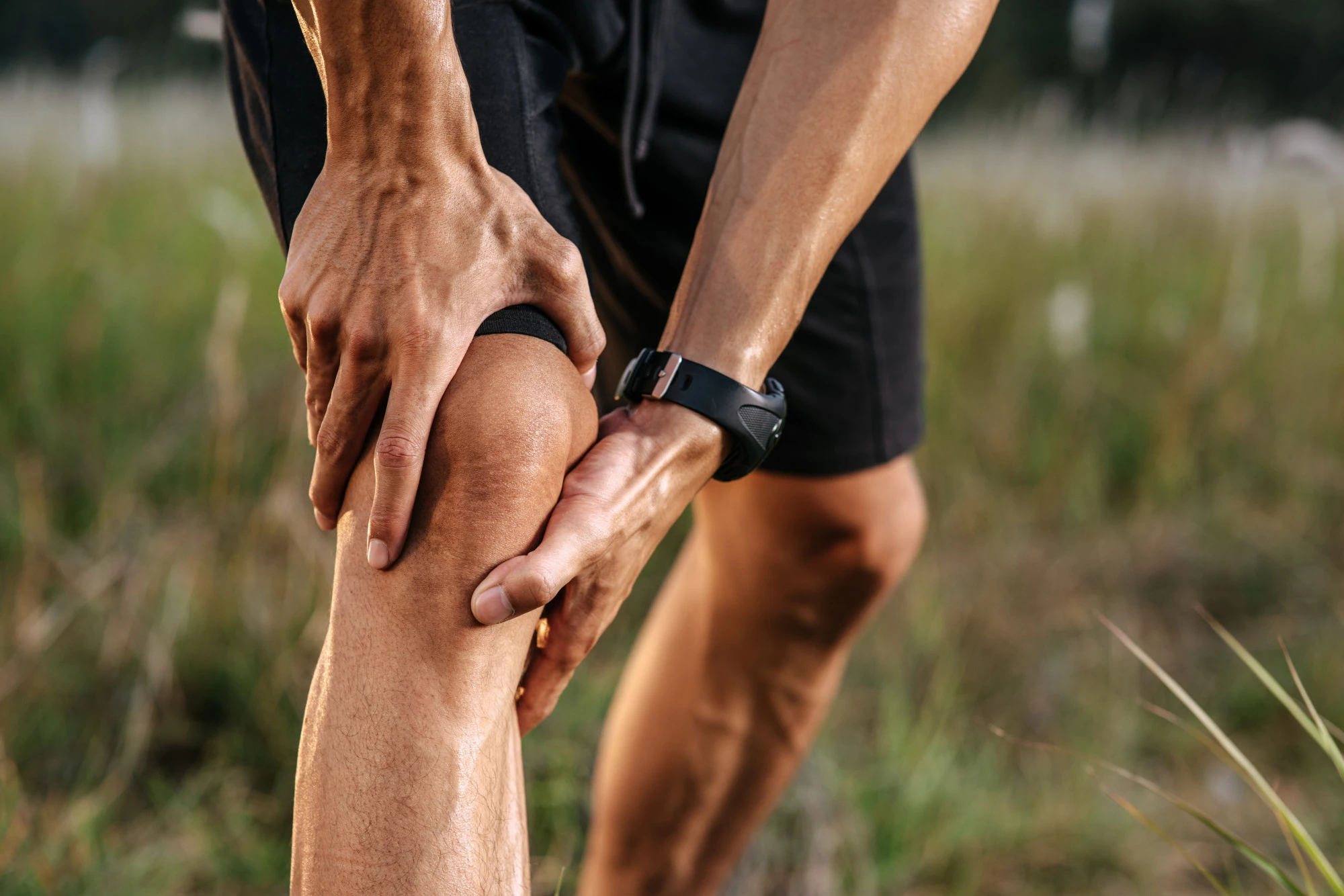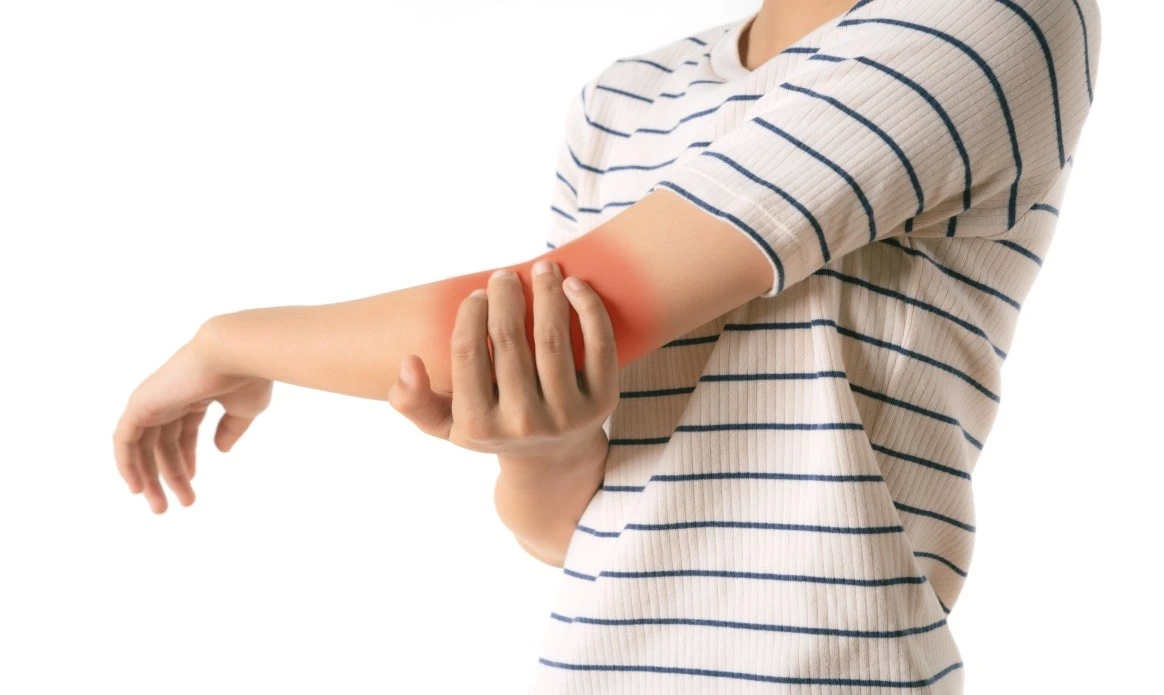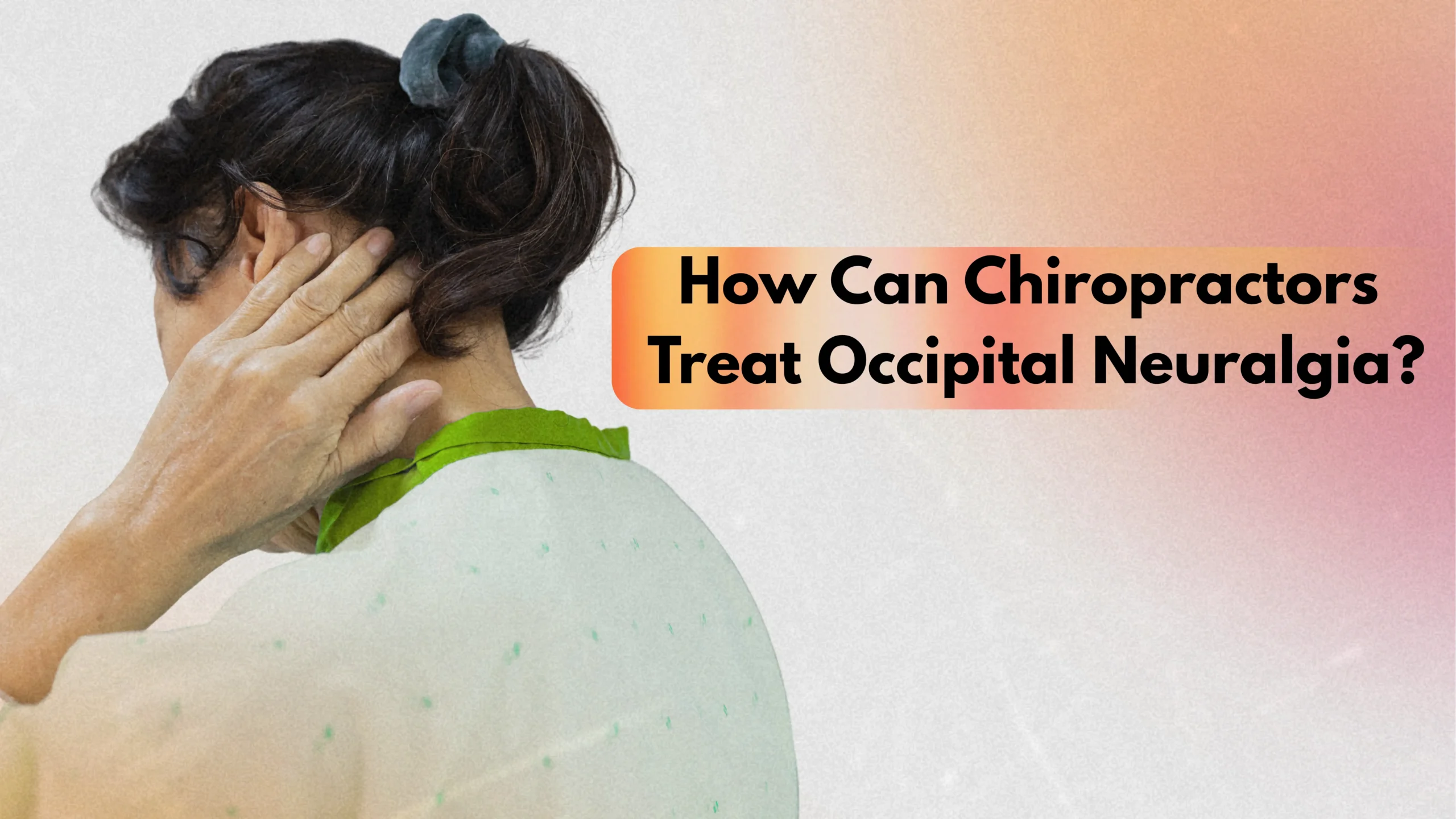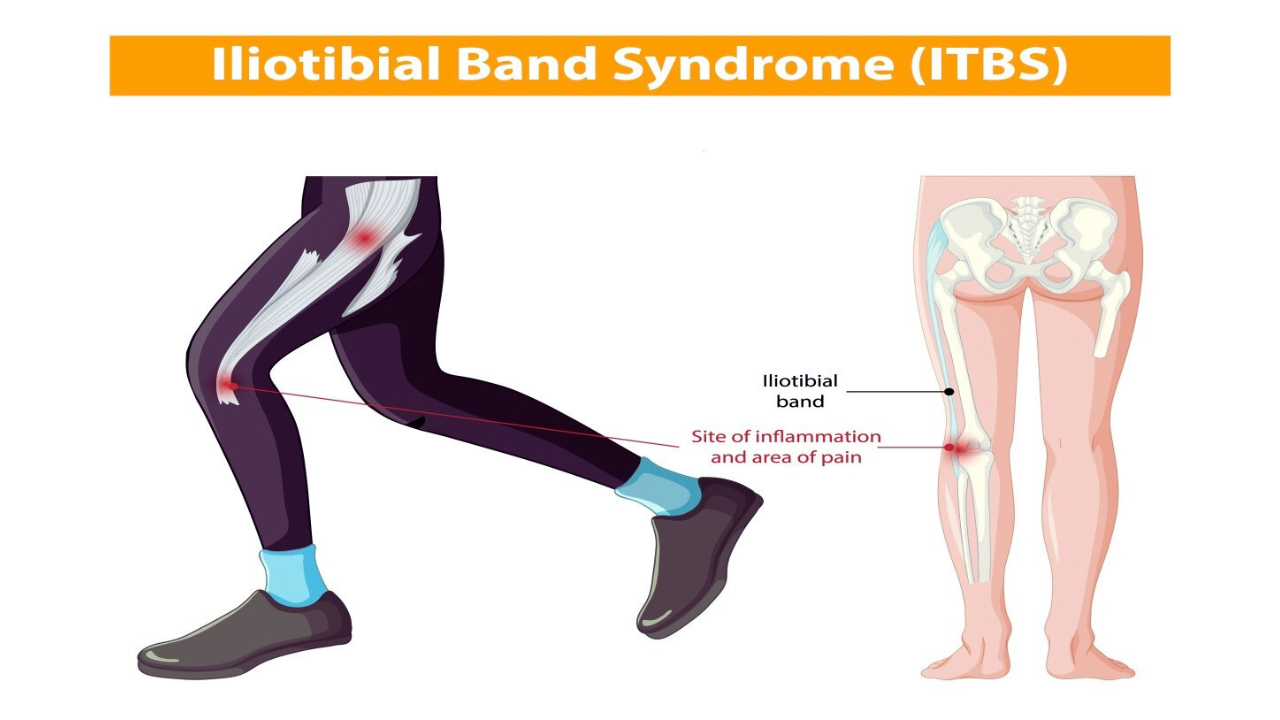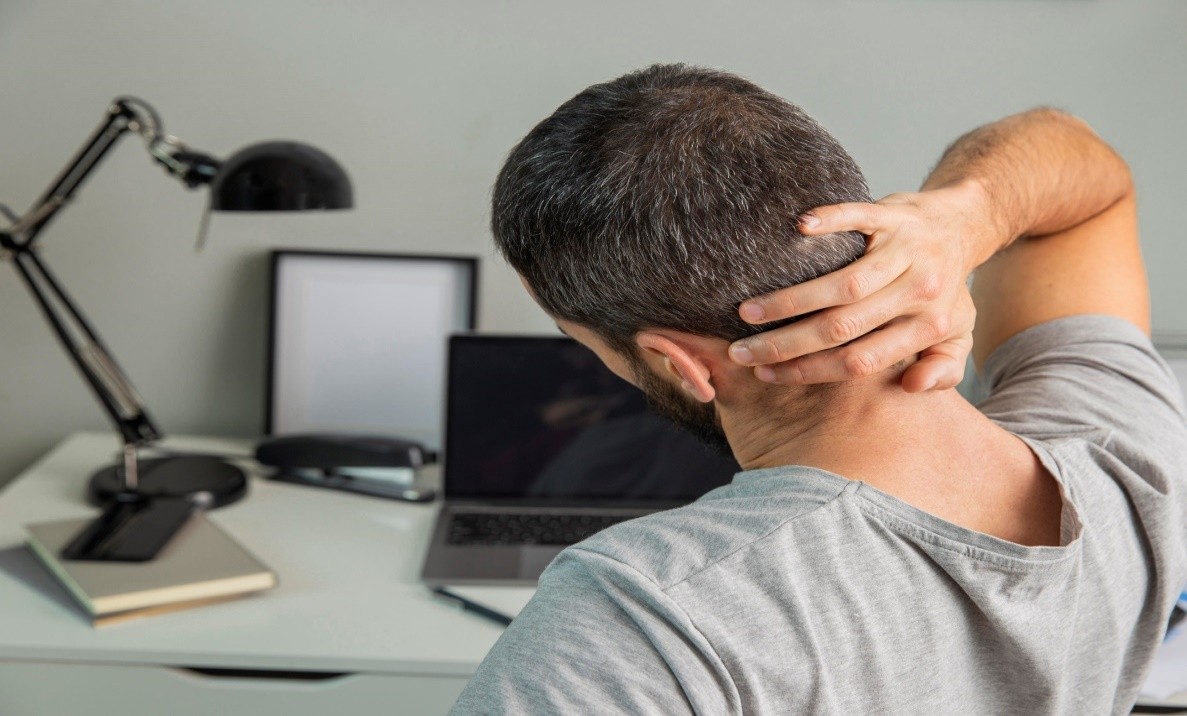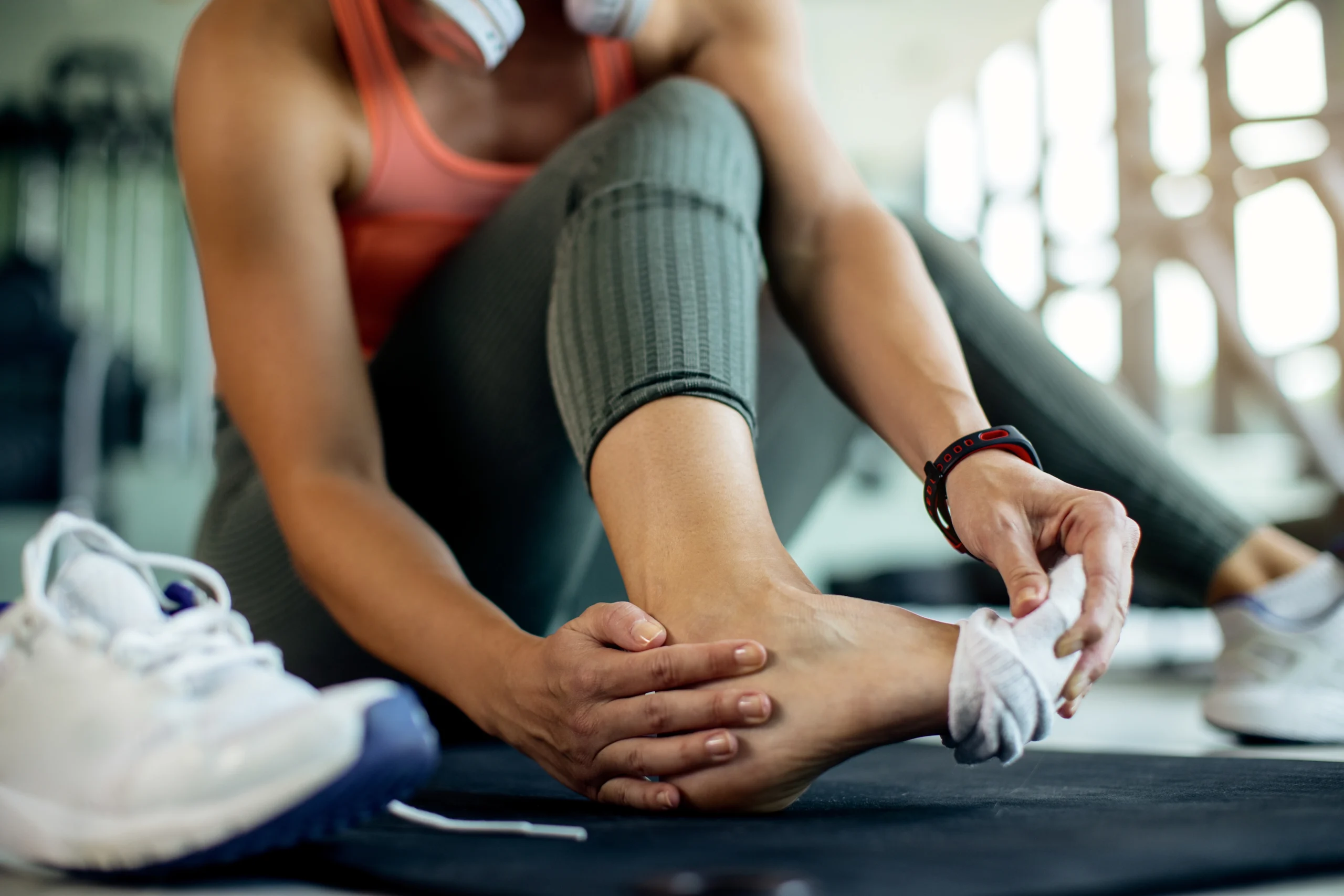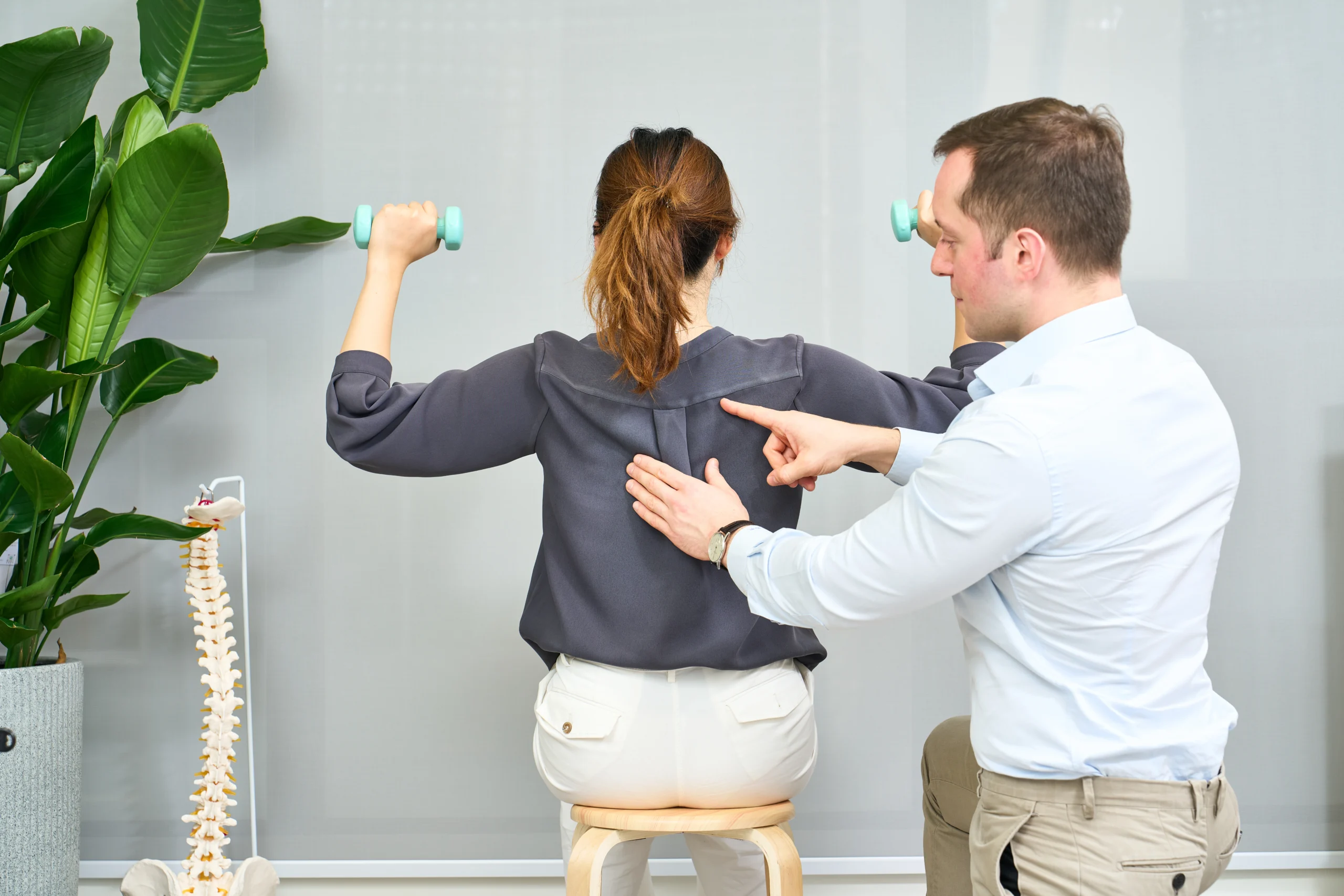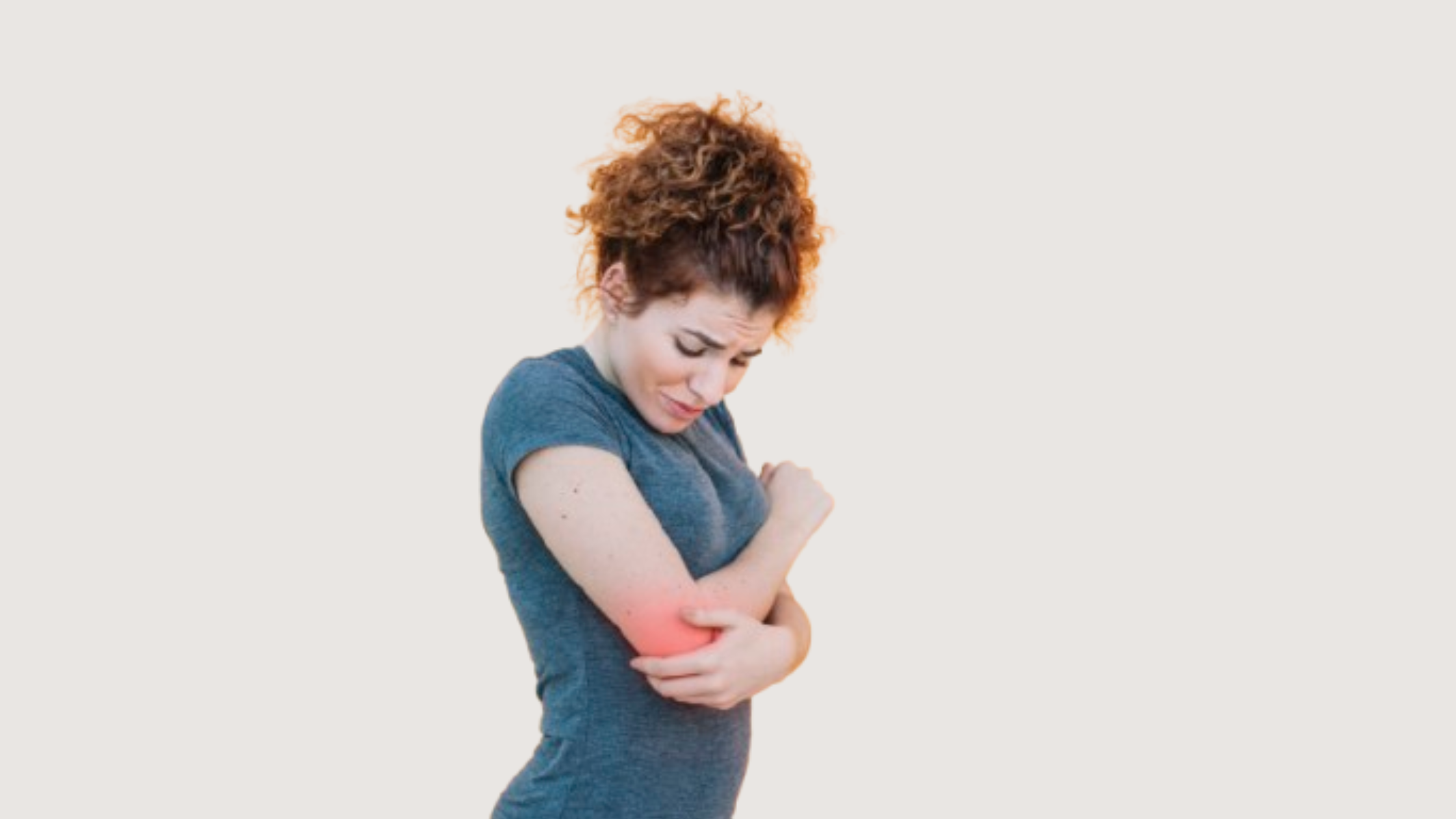Trigger finger or stenosing tenosynovitis is a common injury that can be caused by repeated hand movements. It occurs when a finger gets stuck in a bent position and then suddenly straightens with a snap or pop when attempting to move it. This condition is caused by irritation or swelling in the finger. As the tendon moves back and forth through a small tunnel, the movement can result in more irritation. Over time, the tendon can develop small lumps or become thicker, and the sheath can also thicken. It can make it difficult for the tendon to slide through the small tunnel ( pulley), causing the finger to catch or lock. If you are struggling with trigger finger or other wrist and hand conditions, including hand or finger numbness or pain, you could consider consulting a chiropractor. Chiropractic care is a non-invasive way of treating such types of conditions in the spine, but also in the upper and lower limbs. Continue reading this blog to learn more about chiropractic care for trigger fingers.
What are the Symptoms of Trigger Finger?
Individuals with a trigger finger may notice discomfort and problems moving their finger normally. The symptoms can range from mild to severe and may get worse over time, especially with repeated hand use. Here are the common signs of trigger finger:
- You may experience pain or tenderness at the base of the affected finger, especially when pressed.
- Swelling or a small bump (nodule) can be noticed at the base of the finger.
- Stiffness or locking of the finger in a bent position, often worse in the morning.
- Popping or clicking feeling when bending or straightening the finger.
- Difficulty straightening the finger or closing the hand into a fist.
What are the Causes of Trigger Finger?
A trigger finger can develop due to a variety of factors that put pressure on the tendons in the hand. These factors may result in irritation, swelling, or thickening of the tendon and its surrounding sheath, which interferes with smooth movement. Here are the common causes of trigger finger:
- Repetitive finger movements: Frequent gripping, typing, playing instruments, or using tools overworking the fingers’ tendons.
- Hand injuries: Trauma like sprains or fractures can increase the risk of tendon problems.
- Long-term inflammation: Conditions such as arthritis or tendinitis can cause swelling around the tendons.
- Diabetes: People with diabetes are more likely to develop trigger fingers.
- Aging: Tendons can lose flexibility with age, making older adults more vulnerable to trigger fingers.
How Chiropractic Care Can Help with Trigger Finger?
A Chiropractor 香港 clinic, can offer a gentle, drug-free way to deal with trigger finger and reduce hand pain. We at Agape Chiropractic Hong Kong focus on healing the affected area, improving movement, and preventing future problems. Here are some common treatment methods used by chiropractors:
- Shockwave Therapy (ESWT): This treatment uses pulses of energy to stimulate healing in the affected finger. It helps alleviate swelling, ease pain, and improve finger movement.
- Finger Braces or Splints: A chiropractor may suggest wearing a brace to keep the finger still and properly aligned. This can help alleviate strain on the tendon and support healing.
- Rehabilitation Exercises: Targeted stretches and strengthening exercises can improve finger strength, increase flexibility, and support overall hand function. These exercises also help reduce the chance of the trigger finger coming back.
Chiropractic care offers a personalized plan to ease pain and improve hand movement without surgery or medication. You can consider visiting a chiropractor if you are dealing with diverse symptoms in your hands, for example if you are wondering:
- How to deal with a trigger finger?
- How to relieve numb hands?
- What are the causes of hand numbness or trigger finger?
Conclusion
Chiropractors at Agape Chiropractic Hong Kong can help manage a trigger finger through non-invasive treatments like shockwave therapy, bracing, and rehab exercises. These methods reduce pain, improve finger movement, and support long-term recovery without the need for medication or surgery.
Other Useful Links:


